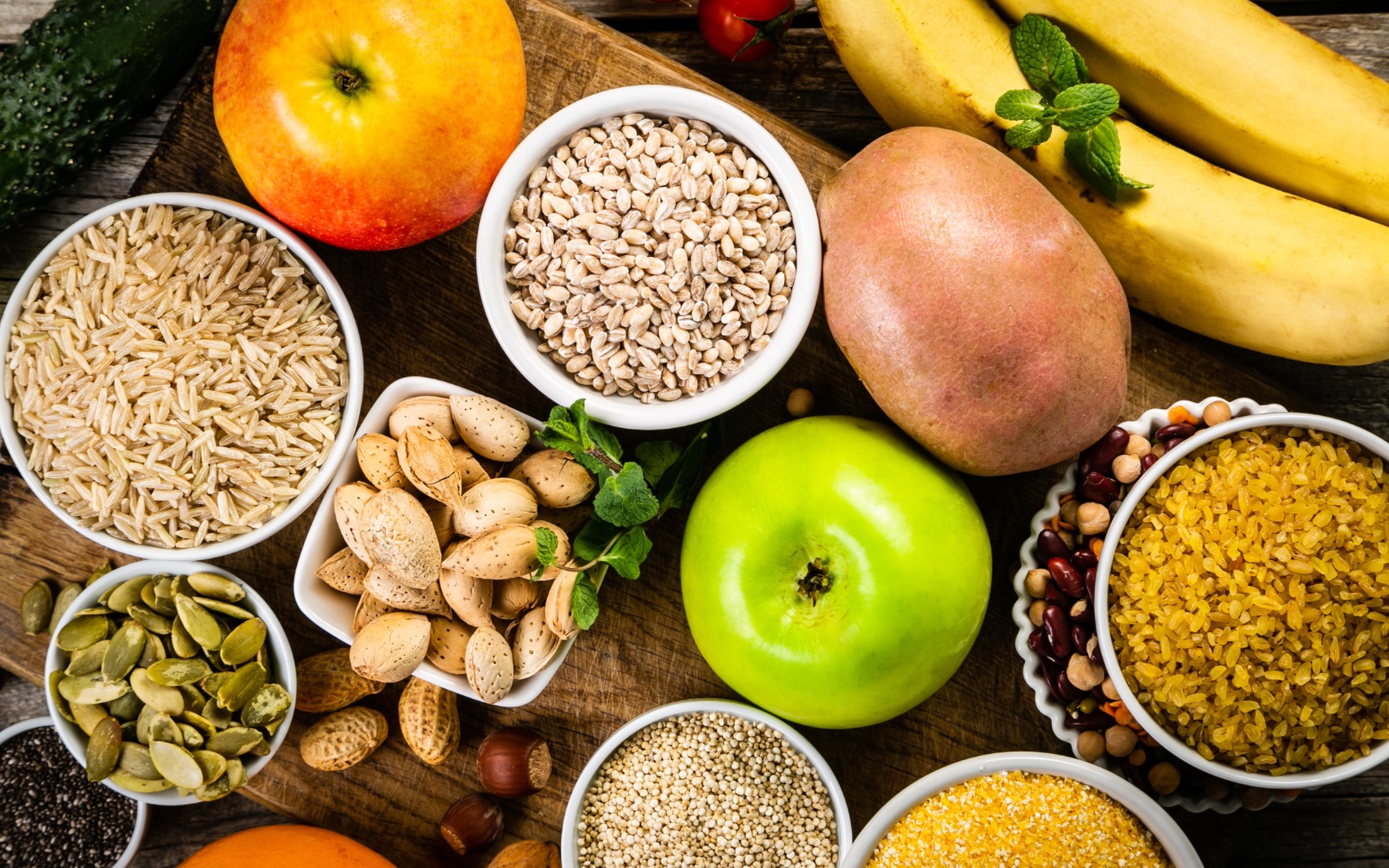As we approach midlife and especially from the age of 40 onwards we definitely need to focus more attention on our bones and joints. As we age, joint movement becomes stiffer and less flexible due to the decrease of lubricating fluid inside the joints and the cartilage becoming thinner (osteoarthritis). Ligaments also tend to shorten and lose some flexibility, making joints feel stiff. In addition, after the age of 35 our bone density decreases due to the decline in oestrogen and there is a greater risk of osteoporosis and fractures. This is further exacerbated by menopause so we really do need to be taking great care of our bones and joints and we need to think about future proofing our bodies.
Although we may not feel like exercising, to stay active is actually one of the best things you can do for your joints. Exercise strengthens the muscles around the joints, helping to take pressure off them. It can also improve the flow of nutrients to the cartilage. It really is so important at this stage to move and for anyone struggling with osteopenia or joint pain there are various exercises which are better than others.
- Firstly try low impact exercises where there will be less stress on the joints. These would include cycling, swimming, walking and strength training.
- Strength training is so good for bone and joint health. Strengthening the muscles around the joints will alleviate the pressure on the joints and help them to function at their full capacity. When you use resistance-based exercises you also stimulate new bone cell growth and can improve the health of existing bone. You can also do bodyweight exercises instead of heavy weights and do exercises such as squats and lunges - all functional training will help joints move freely, improve mobility and therefore help in daily activities preventing injuries as we age – find out more about functional training here.
- Flexibility exercises are also key - moving your joints to their full range of motion will really help. Ensure you always warm up for ten minutes before exercising but with dynamic stretches rather than static to loosen up the joints.
- Correct posture, alignment and good balance will help your joints and prevent falls and instability. Add core strengthening exercises to your workouts - yoga and Pilates will really help with this.
So, in conclusion to reinforce that exercise is so key in helping strengthen your joints, your bones and increase muscle mass. Regular activity replenishes lubrication to the cartilage of the joint and reduces stiffness and pain. My workouts focus on strength training exercises which really target individual muscle groups and how, when we put them together in functional training, we can future proof our bodies.
Intrigued to know more? Try a class for free here or read more about the platform here.
If you have any questions please do get in touch.
For more workout inspo and to find out a bit more about me check out my Instagram.
Caroline x







